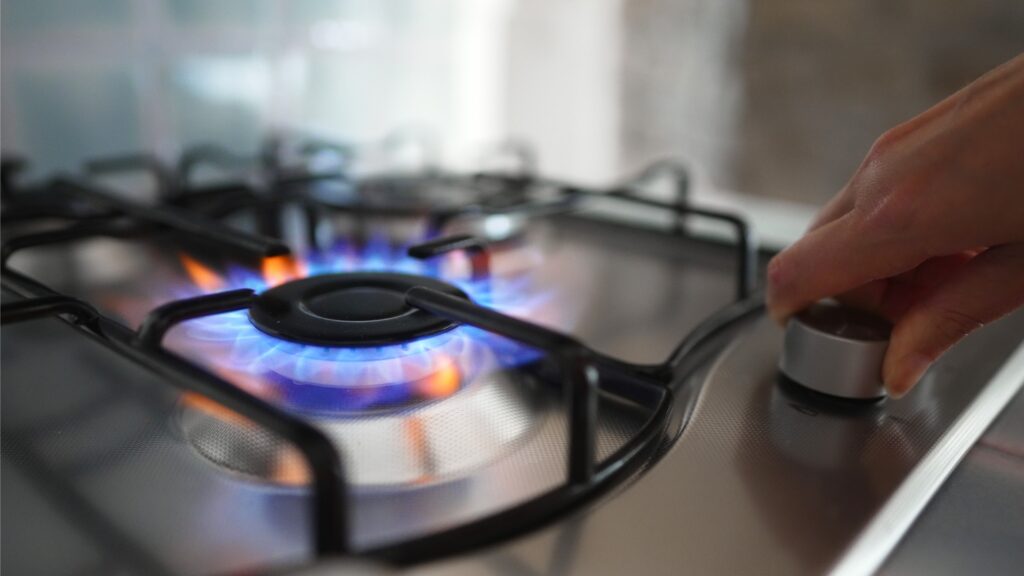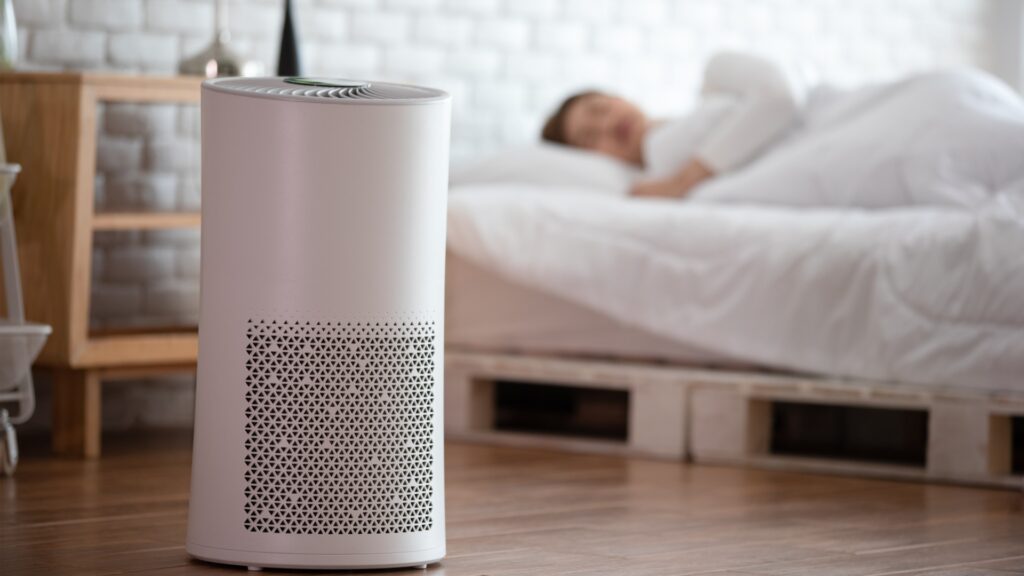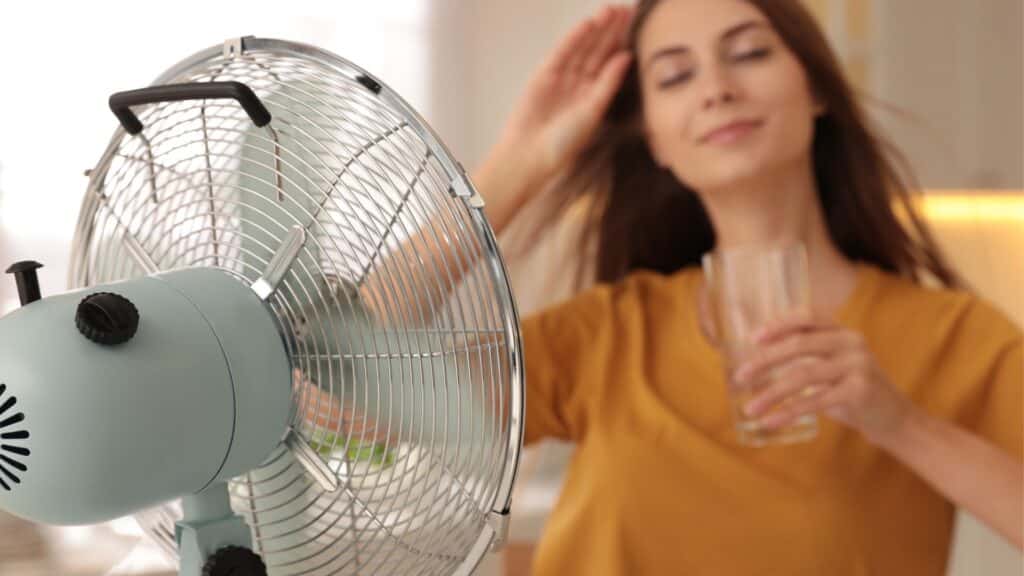The quality of the air we breathe indoors is an often-neglected piece of the health puzzle. The average person spends almost 70 years of his or her life inside buildings, making indoor air quality extremely important for respiratory health. Indoor spaces can harbor a multitude of airborne contaminants, invisible to the naked eye, that can pose a serious threat to our health and well-being. From subtle irritation caused by allergens to serious respiratory diseases and even cancer, the connection between subpar indoor air quality and health issues is increasingly emphasized by a growing body of research.
In this article, we’ll take a deep dive into the significance of indoor air quality for physical well-being, a topic that extends beyond the elimination of pollutants to the design and structure of our indoor environments. We’ll discuss how proper ventilation acts as a vital guardian, reducing the concentration of harmful substances and creating an environment conducive to health. We’ll also discover how common everyday appliances like gas stoves may actually be silently contributing to indoor air pollution by emitting nitrogen dioxide and carbon monoxide.
Keep reading as we uncover the hidden sources of indoor pollution, delve into strategies for mitigation, and even take a glance at do-it-yourself solutions that cater to both health and budget considerations. Optimal indoor air quality is not just a luxury; it’s an essential foundation for a healthy and vibrant life!

The Importance of Indoor Air Quality
Indoor air quality can have a profound impact on our health and well-being. It’s easy to overlook the fact that we spend an average of nearly 70 years inside buildings, inhaling the air contained within these spaces. Indoor spaces can be packed with contaminants that present a serious danger to human health.
The Link Between Air Quality & Health Issues
A growing body of research emphasizes the link between poor indoor air quality and numerous health issues. These range from minor irritations such as headaches and allergies to more severe conditions like cardiovascular disease and cancer.
In particular, airborne particles are known culprits in respiratory diseases, while carbon monoxide poisoning remains a silent but deadly threat.
Beyond this, certain pollutants may increase airborne disease transmission risk due to their ability to carry pathogens through tiny droplets called aerosols. This phenomenon has become especially relevant in connection with the COVID-19 pandemic; understanding virus transmission dynamics in shared indoor spaces is paramount for public safety.
Common Pollutants Found In Indoor Spaces
Pollutants found indoors typically fall under three categories: biological contaminants (e.g., mold spores), chemical pollutants (e.g., volatile organic compounds, or VOCs), and particulate matter (tiny solid or liquid particles suspended in the air). Each category presents its own set of challenges when it comes to improving the indoor environment.

Adjusting Your Gas Stove For Better Air Quality
Gas stoves, a typical feature in many households, may be an unrecognized source of indoor air contamination. Emissions from these appliances include pollutants such as nitrogen dioxide and carbon monoxide.
Improving the air quality inside buildings often involves addressing sources like this one that are right under our noses. Let’s explore how adjusting your gas stove could contribute to better indoor air quality.
How Gas Stoves Affect Indoor Air Pollution
A typical cooking session on a gas stove releases byproducts into the home atmosphere due to the combustion of natural or propane gases. Among them are harmful substances like nitrogen dioxide and carbon monoxide.
Nitrogen dioxide is known for its potential respiratory effects; it may exacerbate asthma symptoms and increase susceptibility to other lung diseases according to NCBI research. Carbon monoxide poses another serious risk; it’s odorless, and deadly at high levels. Carbon monoxide interferes with oxygen transport within our bodies, which leads to headaches, dizziness, or even death upon exposure.
Tips On Reducing Emissions From Your Gas Stove
In light of the health risks associated with using a gas stove, there are several strategies you might want to consider:
- Maintain Your Appliance: Regular checks ensure optimal performance, thus reducing emissions significantly over time, including clearing clogs and checking irregular flame patterns indicating potential issues.
- Ventilate While Cooking: Using range hoods and exhaust fans helps vent out most airborne particles produced during combustion before they spread throughout the house, hence improving overall indoor air quality considerably.
- Cook At Lower Heat Settings: High temperatures result in more incomplete combustion, leading to increased pollutant emission rates. So, whenever possible, cook at lower temperature ranges.
Additionally, consider replacing older models with newer ones designed specifically with energy efficiency and low-emission standards. This can go a long way towards ensuring a healthier living environment for everyone residing within the building, thereby contributing positively to the ongoing movement to improve acceptable indoor air quality globally.
For those interested in learning about alternative means of achieving the same goal, check out the information available on induction electric stovetops. Induction cooktops produce fewer pollutants compared to their gas-powered counterparts. The lack of a direct flame also makes induction cooktops safer, especially for households with children and pets.

Improving Ventilation For Optimal Indoor Air Quality
Ventilation is a key player in the indoor air quality movement, yet it often gets sidelined. It’s more than just opening windows; proper ventilation acts as an invisible filter that reduces airborne particles and keeps your home or office environment healthy.
The Role of Ventilation In Managing Indoor Pollution
So how does ventilation work to improve air quality inside buildings? Essentially, it decreases the concentration levels of harmful pollutants like carbon monoxide by ensuring there’s always fresh outdoor air coming into our living spaces while pushing out a stale interior atmosphere.
Poorly ventilated homes can trap contaminants indoors, where they build up over time. This leads not only to unpleasant odors, but also increased risk exposure to potential respiratory issues among occupants. Understanding and improving your building’s ventilation system will help you to achieve better indoor air quality.
Strategies For Enhancing Home Ventilation Systems
To enhance your home’s airflow effectively, first get familiar with its current state. The term ‘building’s ventilation level’ denotes how much outside air is introduced per unit of time, typically measured in cubic feet per minute (CFM). A higher CFM means better circulation, which translates directly into improved indoor health standards.
A simple strategy involves regularly cracking open windows around different parts of your house when outdoor pollution levels are low or moderate. This lets a fresh breeze come through while simultaneously letting out stale internal atmosphere. However, being mindful about extreme weather conditions make this approach less practical due to its impact on energy efficiency, so consider employing mechanical ventilators if necessary.
- Natural Ventilators include operable windows and vents that allow free flow between indoor and outdoor environments, facilitating passive exchange processes at zero operational cost apart from occasional maintenance requirements.
- Mechanical Ventilators use fan motors to force controlled quantities through ductwork across the entire structure, enabling active control over distribution patterns based on individual room needs.
For more information on ventilation and energy efficiency, check out the Energy Saver Guide published by the U.S. Department Of Energy.

Using An Air Purifier To Cleanse Indoor Atmosphere
An efficient purifying system, such as a device equipped with a HEPA filter, can be instrumental in improving the state of your domestic environment. Designed specifically to remove airborne particles and allergens prevalent within households, these devices contribute positively towards overall wellness standards.
The Benefits & Limitations of Using Air Purifiers
Air purifiers are powerful tools for reducing concentrations of particulate matter, including dust mites, pollen, mold spores and pet dander, which are all common triggers for allergies and asthma attacks.
In addition to this benefit, some models include activated carbon filters. These help minimize odors from cooking or smoking, as well as volatile organic compounds (VOCs) emitted by household products like paints and cleaners.
As valuable as air purifiers are, it’s still important to remember their limitations. Most portable air cleaners cannot completely eliminate all pollutants present indoors, especially gaseous ones such as radon carbon monoxide. This underscores the importance of a multi-pronged approach to maintaining acceptable air quality inside buildings.
Choosing The Right Type Based On Specific Needs
The right type of air purification system is dependent on one’s specific needs, since different systems work best against various types of pollutants.
If you’re primarily concerned about particles like dust pollen, then HEPA-filter-equipped models could be ideal. HEPA filters are capable of capturing 99.97% of particles down 0.3 microns size.
If gas pollutants, VOCs, or cigarette smoke concern you more than particulates, consider other types of filters with activated charcoal technology. However, bear in mind that even top-notch charcoal filtration won’t substitute for proper ventilation and good housekeeping practices eliminating sources of pollution in the first place.

Making Your Own DIY Air Cleaner: The Corsi-Rosenthal Box Methodology
The concept behind this innovative method lies in harnessing power from similarly sized portable fans combined with high-grade furnace filters to effectively capture various airborne droplets called aerosols. Capturing aerosol droplets may help to mitigate the risk of respiratory disease transmission.
Though this DIY approach cannot match commercial-grade filtration equipment in terms of performance, it still offers a significant improvement over current minimum ventilation rates alone. This offers a cost-effective alternative to those with budget constraints.
Whether you opt for a professional product or embark on the journey of building your own air purification unit, the goal is the same: to remove harmful particles from the air in order to maintain healthy air quality within your home or office.
Conclusion
Most of us spend a significant portion of our lives indoors, revealing the paramount importance of indoor air quality for lifelong health. Recognizing the significance of clean and fresh indoor air goes beyond personal comfort. It signifies a commitment to a healthier environment for ourselves, our families, and our colleagues.
The quality of the air we breathe within our indoor spaces profoundly influences our overall health and wellness. Through our exploration of the intricate interplay between ventilation and pollutants, the effectiveness of air purifiers, and the potential of DIY air filtration solutions, we hope that you’ll come away from this article with some ideas for assessing and improving the air quality in your own home or office!
















